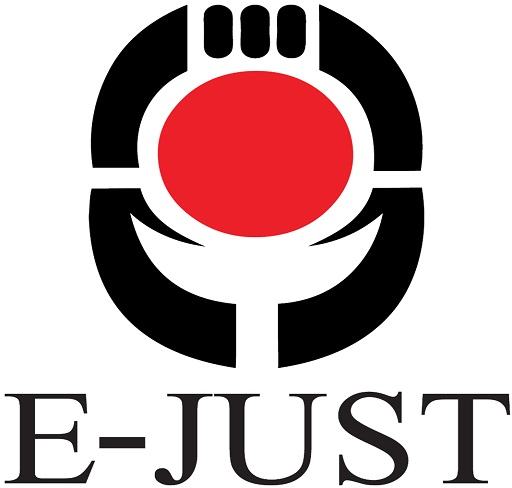Mobile Robots : Navigation , Control and Remote Sensing / [by] : Gerald Cook
Material type: TextLanguage: English Publication details: Hoboken , New Jersey ; Piscataway , New Jersey : John Wiley & Sons, Inc , IEEE Press , ©2011Description: xvi , 307 pages : illustrations ; 25 cmISBN:
TextLanguage: English Publication details: Hoboken , New Jersey ; Piscataway , New Jersey : John Wiley & Sons, Inc , IEEE Press , ©2011Description: xvi , 307 pages : illustrations ; 25 cmISBN: - 9780470630211 (hardback)
- 9781118026403 (oBook)
- 9781118027196 (ePDF)
- 978111802906 (ePub)
- TJ211.415 .C68 2011
| Item type | Current library | Call number | Copy number | Status | Barcode | |
|---|---|---|---|---|---|---|
 Books
Books
|
Fayza Aboulnaga Central Library | مكتبة فايزة أبو النجا المركزية بالحرم الجامعي | TJ211.415 .C68 2011 (Browse shelf(Opens below)) | C. 1 | Available | 10011753 |
Browsing Fayza Aboulnaga Central Library | مكتبة فايزة أبو النجا المركزية بالحرم الجامعي shelves Close shelf browser (Hides shelf browser)
| TJ211.4 .S66 1989 Robot Dynamics And Control / | TJ211.4 .S66 1989 Robot Dynamics And Control / | TJ211.4 S78 2013 Approaches To Probabilistic Model Learning For Mobile Manipulation Robots / | TJ211.415 .C68 2011 Mobile Robots : Navigation , Control and Remote Sensing / | TJ211.415 .D83 2010 Computational Principles Of Mobile Robotics / | TJ211.415 .D83 2010 Computational Principles Of Mobile Robotics / | TJ211.415 .S54 2011 Introduction to autonomous mobile robots / |
Includes bibliographical references and index
An important feature of this book is the particular combination of topics included. These are (1) control, (2) navigation and (3) remote sensing, all with application to mobile robots. Much of the material is readily extended to any type ground vehicle. In the controls area, robot steering is the issue. Both linear and nonlinear models are treated. Various control schemes are utilized, and through these applications the reader is introduced to methods such as: (1) Linearization and use of linear control design methods for control about a reference trajectory, (2) Use of Lyapunov stability theory for nonlinear control design, (3) Derivation of optimal control strategies via Pontryagin's maximum principle, (4) Derivation of a local coordinate system which is fundamental for the steering of vehicles along a path never before traversed. This local coordinate system has application regardless of the control design methods utilized. In the navigation area, various coordinate systems are introduced, and the transformations among them are derived. (1) The Global Positioning System (GPS) is introduced and described in significant detail. (2) Also introduced and discussed are inertial navigation systems (INS). These two methods are treated in terms of their ability to provide vehicle position as well as attitude. A preceding chapter is devoted to coordinate rotations and transformations since they play an important role in the understanding of this body of theory
There are no comments on this title.
